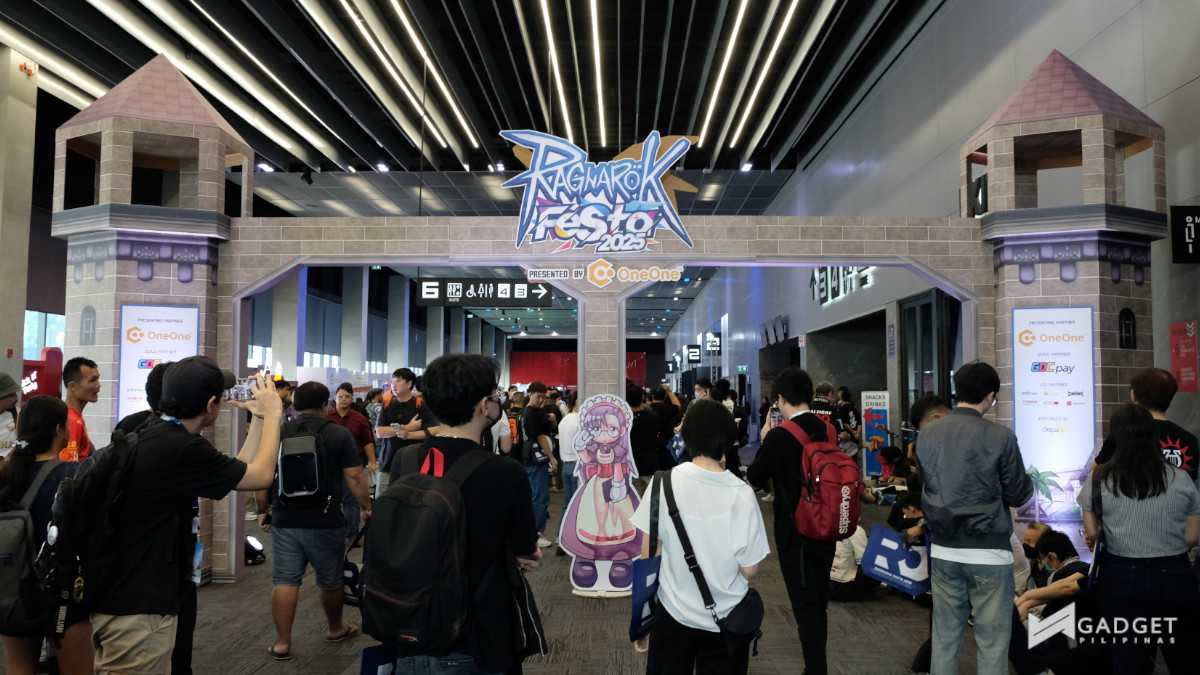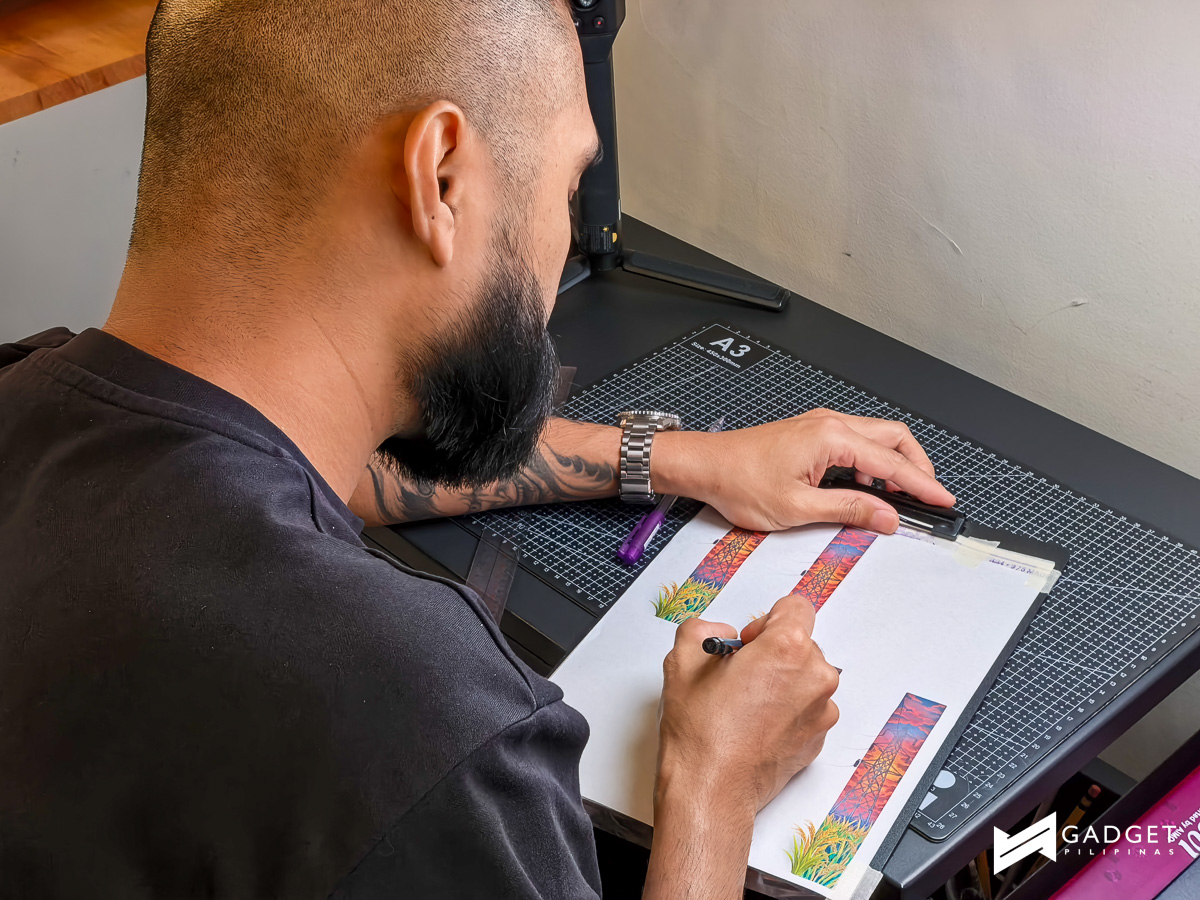3 months since the time it launched in the Philippines, Huawei P20 Pro has been one of most sought-after devices by consumers in the Philippines. There’s a good reason for this, and I have pretty much covered everything I liked about the device on my articles and social media posts.
[su_spoiler title=”Check our other articles about Huawei P20 Pro!” style=”simple” icon=”plus-circle”]
Huawei P20 Pro vs Samsung Galaxy S9: Which Brings Better Value for Money?
[/su_spoiler]
Huawei P20 Pro is a device worthy of appreciation and praise. It excelled in many ways and has proven itself to be an all-rounder smartphone. While AI and photography have been its cup of tea, it didn’t distance itself from excelling in other aspects such as build, performance and battery life.
Design
P20 Pro features a new design that veers away from its predecessor. The most noticeable of these changes would be the extremely glossy back panel that enhances it’s premium vibe, along with the rear cameras that are now in a vertical position.

Huawei P20 Pro is the perfect embodiment of technology and art. The midnight blue variant I’ve got looks just as great as the twilight, and that’s something I realized after 3 months of using this.
The lack of fingerprint or smudge resistant coating on a phone that’s best used without a case – for aesthetic purpose – is a bit of let down. Its frail and delicate design naturally forced me to buy a case, which unfortunately hides its flair and beauty. This is forgivable though as I didn’t want a phone with a nasty ding.
 P20 Pro’s buttons are all located on the right side. It doesn’t have a headphone jack, so you’ll have to use a supplied dongle to use your favorite audio gear unless you’re okay with going wireless. It uses dual SIM tray, and there is no way to expand its memory. If you’ve got 128gb variant, get yourself ready with regular manual and cloud backups.
P20 Pro’s buttons are all located on the right side. It doesn’t have a headphone jack, so you’ll have to use a supplied dongle to use your favorite audio gear unless you’re okay with going wireless. It uses dual SIM tray, and there is no way to expand its memory. If you’ve got 128gb variant, get yourself ready with regular manual and cloud backups.
Display
Huawei P20 Pro has a 6.1-inch FHD+ display with a resolution of 2240 x 1080, which is very common in today’s phones. It also uses an OLED panel which allows the device to be thinner. To give you more room, it makes use of a notch to house the front camera along with the other sensors. Not something everyone likes, but these things have to be placed somewhere, right?
Huawei believes that 4k display on a smartphone is unnecessary. This was further clarified during the presentation of Howy Xu, Senior Director, 5G NR Wireless Connectivity of Huawei. He believes that phones of today and the future act as wireless conduits or virtual pipe, which can be used to project ultra high definition contents to 4K to even 8K TVs. This, however, can be made possible via 5G technology, which will be widely available in 2020.
This is probably the reason why the P20 Pro still has an HD+ screen. Samsung Galaxy S9 and S9+ also have the same screen resolution sizes, which somehow connect to Huawei’s reasoning.
P20 Pro has an OLED display, which is definitely the best display type, especially for photographers. Its projects better color gamut, which is a must for a photographer. In terms of contrast, brightness and color space, OLED displays top LED; and it’s something that this phone with 6.1-inch display possesses. There’s one drawback though – it is extremely fragile.
Camera
 Huawei P20 is the result of the company’s continuous pursuit of excellence in photography. With the phone’s new triple Leica camera system that utilizes RGB, Monochrome, and Telephoto cameras, it is set to capture photos with outstanding quality in any lighting condition. There’s even feedback that it’s comparable, and at times better than a DSLR. Remember that Metro Magazine Cover with Pia Wurtzbach? That was shot with the P20 Pro.
Huawei P20 is the result of the company’s continuous pursuit of excellence in photography. With the phone’s new triple Leica camera system that utilizes RGB, Monochrome, and Telephoto cameras, it is set to capture photos with outstanding quality in any lighting condition. There’s even feedback that it’s comparable, and at times better than a DSLR. Remember that Metro Magazine Cover with Pia Wurtzbach? That was shot with the P20 Pro.
Huawei’s pursuit of camera excellence started when they partnered with Leica in 2016. Their debut product, the P9 series, introduces AI in the mix, and it was received really well by consumers despite being a relatively new technology.
[su_spoiler title=”Read our review of Huawei P9!” style=”simple” icon=”plus-circle”]
[/su_spoiler]
2 years later, Huawei’s P series has matured and started to upgrade its focus on a more meaningful image trend – i.e., smartphone photography, recorder of fragmented life and social progress.
As a system-on-a-chip developed by Huawei, Kirin 970 is made with performance and AI in mind. Part of Kirin 970 is an NPU or neural processing unit, which is dedicated to processing specific actions related to managing the phone’s performance in relation to its limits, and photography.
Master AI is one of these features – it can automatically detect 19 different categories or to put it simply, It knows what you’re pointing your camera at, to an extent. And if it matches any of those, it will automatically adjust the camera’s settings to line you up for that perfect shot. For example, point the camera to an area with a lot of trees, and it will adjust for Greenery, point it to the sky, and it will adjust for Blue Sky, and so on.
 The thing is though, it doesn’t force its setting to the user, but merely suggests that “Hey, I think this is a forest, so I’ll put more emphasis on the green colors.” You have that freedom of taking the shot on that setting, and you can still take the photo using manual settings. In short, it’s a value-added feature that helps those who aren’t professional photographers to capture good quality images without having to worry about how much white balance they should have, etc.
The thing is though, it doesn’t force its setting to the user, but merely suggests that “Hey, I think this is a forest, so I’ll put more emphasis on the green colors.” You have that freedom of taking the shot on that setting, and you can still take the photo using manual settings. In short, it’s a value-added feature that helps those who aren’t professional photographers to capture good quality images without having to worry about how much white balance they should have, etc.
But then again, most of a picture is all about what the person behind the camera does, we think. You’ll still have to take care of your angles, lighting, and things like that. This is where Pro comes in, where the user is basically free to whatever he wants without their decision superseded by the AI’s suggestions. Photographers can even shoot photos in RAW format to give them more leeway to modify their photo on post.
- IMG 20180427 164200
- IMG 20180427 164200
- IMG 20180425 134520
- IMG 20180425 134520
- IMG 20180426 174210
- IMG 20180426 174210
- IMG 20180426 144438
- IMG 20180426 144438
- IMG 20180425 184433
- IMG 20180425 184433
- IMG 20180428 091841
- IMG 20180428 091841
- IMG 20180428 104526
- IMG 20180428 104526
- IMG 20180428 164651
- IMG 20180428 164651
With the P20 and P20 Pro, the company has taken measures to improve its AI capabilities even further, utilizing advanced algorithms to be able to detect more categories and deliver more color accurate photos. They also added AI stabilization, which allows the user to take 4-second long exposure shots without a tripod.
The Kirin 970 was originally designed to support more than 2 cameras, and with the P20 Pro, Huawei finally took the chip to its utmost capabilities, by putting in 3 cameras – RGB + Telephoto + Monochrome. How they enabled the three to work together to produce those magnificent shots, is just beyond what anyone was expecting.
You also get 5x hybrid zoom, with all three lenses working hand in hand to give you that unprecedented level of detail even in such magnification.
 Other manufacturers are also moving up on their AI game. For instance, one company is not only focusing on photography per se, but on other aspects of the phone such as an intelligent assistant for example. Others are now even implementing AI so that it learns the users charging patterns. Huawei streamlined their efforts to photography – at least for now – as smartphones are the best and immediate way of treasuring memories.
Other manufacturers are also moving up on their AI game. For instance, one company is not only focusing on photography per se, but on other aspects of the phone such as an intelligent assistant for example. Others are now even implementing AI so that it learns the users charging patterns. Huawei streamlined their efforts to photography – at least for now – as smartphones are the best and immediate way of treasuring memories.
What is certain is that as far as mobile photography and AI is concerned, the P20 and P20 Pro are game-changers in one way or another. There’s no telling what’s next for Huawei and for the mobile phone industry, but we can’t help but be excited about the future.
Performance
Armed with flagship-level specifications, P20 Pro is a beast in its own right. From editing videos using PowerDirector to playing games such as Need for Speed No Limits or PUBG Mobile, the Huawei P20 Pro is definitely one of the best flagship smartphones in its class.
You deserve quantifiable data, and this is the reason why I’m presenting benchmark results. For the geeks, you need the following data presented below for further reference. Enjoy.
Huawei P20 Pro Benchmark Results
- Antutu Benchmark: 204,904
- 3D: 69,671
- UX: 76,616
- CPU: 45,363
- RAM: 13,254
- Geekbench 4
- Singe-Core Result: 1908
- Multi-Core Score: 6697
- GFXBench GL Benchmark
I want to emphasize that while most of our readers are familiar with Antutu and Quadrant, I want to put special emphasis on GFXBench GL Benchmark as it shows results that may very well quantify the capabilities of this smartphone. Quite obviously, based on its specifications, Huawei P20 Pro is a powerful device and perfect for many functions: productivity, content and media creation, and gaming. However, as powerful as it can be, it falls a little short – based on number – when compared to other flagship devices.
- High-Level Tests: For this tier test, the benchmark app subjects it to on-screen and offscreen graphics tests. The renderer is presented with various surface width and weigh, and pushes it to its limit. Graphics presented often resemble game-like renders. FPS is presented per each grade of test. The higher the score, the better.
- Car Chase Score: 963.4 (vs 1,646 frames of NVIDIA Shield Android TV)
- Low-Level Tests: This tier test, the app subjects the phone to on-screen and offscreen graphics tests. Tesselation and texturing are the focuses of the test, and the result is presented in terms of frames.
- Tessellation Score: 1,638 (vs 1,802 of ) Xiaomi Mi6
- High-Level Tests: For this tier test, the benchmark app subjects it to on-screen and offscreen graphics tests. The renderer is presented with various surface width and weigh, and pushes it to its limit. Graphics presented often resemble game-like renders. FPS is presented per each grade of test. The higher the score, the better.
- PCMark for Android Benchmark
PCMark offers a detailed result of the phone’s overall capacity to cope up with the demands of the user. It provides the best and complete benchmark result among other apps, albeit lacking detailed results for graphics capability.
- Work 2.0 Performance: 7,249
- 3DMark for Android
- Sling Shot Extreme: 2,941
- Vulkan: 2,234
Software
Huawei always tries to refine its EMUI software on top of Android core system. Huawei P20 Pro is not an exception as its software is periodically updated to further improve its performance. During its initial release in the Philippines, I had issues GPS and software optimization before I left for Japan in April. 2 days before I left, a software patch was forwarded to the phone, which later fixed the issue.
Camera software and AI are constantly updated as well and the changes done reflect the ongoing research of Huawei’s UI team. This was later confirmed during the presentation of Li Changzhu, Vice President, Handset Business of Huawei Consumer Business Group during our recent trip to Shanghai, China.
Perhaps my most favorite software feature is its updated EMUI Desktop Mode. This transforms the phone to a desktop, provided that you’ve got a Type-C to HDMI connector. I bought mine at Huawei’s flagship store in Shanghai, China, but it isn’t so difficult one from other stores in Philippines these days.
Coming in August (until November 2018) of this year is GPU Turbo, which will become available in various smartphones after Huawei P9. This may be likened to overclocking on PC, but on a smartphone architecture level. With this feature, consumers who love playing games will be able to enjoy faster frame rates and undistracted gaming on their Huawei phones.
Battery
There’s a lot of things you can do with a 10-hour (continuous) battery life. This is another part that this phone excels in, and the number one contributor to this insane battery performance is in the NPU. As a pioneer in power management and battery saving, Huawei P20 Pro can stay up and running for more than 10 hours. The phone only has 4000mAh battery, but the level of productivity you can do with it from a single charge is just phenomenal.
Verdict
After 3 months of using the Huawei P20 Pro, there’s just too many things to cover and lots of reasons to flaunt about. I’m a fan, and this is something I don’t often say in my reviews. As a Galaxy Note fan for more than 6 years and a Huawei Mate 10 user for more than 6 months, I can honestly say that Huawei P20 Pro is a keeper!
Giancarlo Viterbo is a Filipino Technology Journalist, blogger and Editor of gadgetpilipinas.net, He is also a Geek, Dad and a Husband. He knows a lot about washing the dishes, doing some errands and following instructions from his boss on his day job. Follow him on twitter: @gianviterbo and @gadgetpilipinas.






